MDF is one of the most popular materials in interior construction—but it absorbs water like a sponge if left unsealed.
To waterproof MDF effectively, seal all surfaces and edges with moisture-resistant primer, use waterproof paint or coatings, and reinforce exposed parts with polyurethane or laminated finishes.
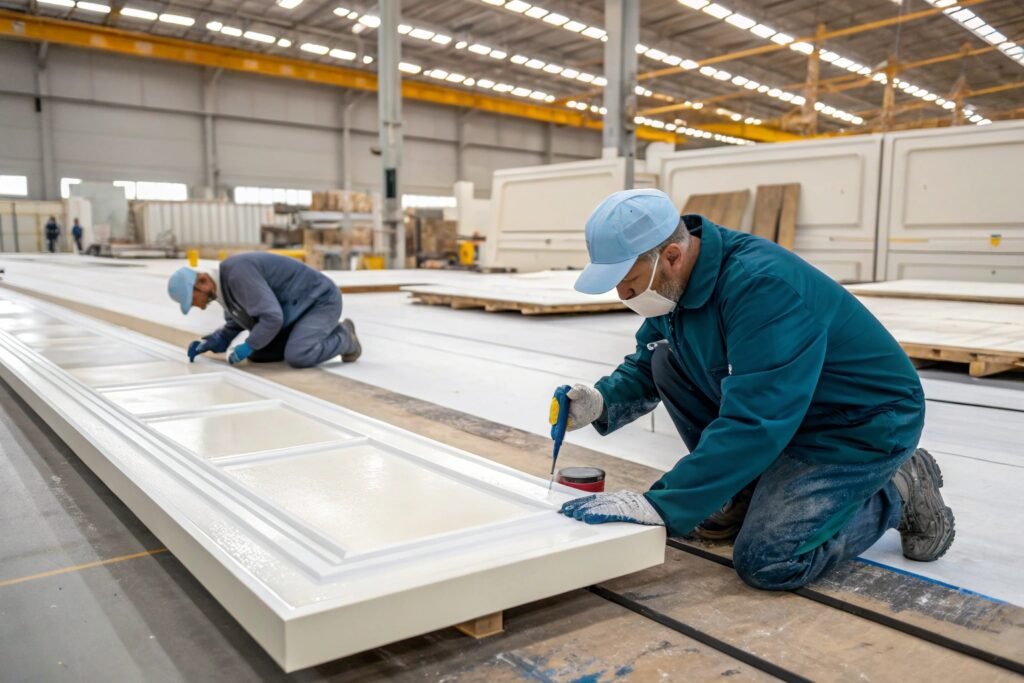
MDF, or Medium Density Fiberboard, is affordable, smooth, and great for painting. But in humid environments—like kitchens, bathrooms, or laundry rooms—it will swell, warp, and eventually break down without proper waterproofing. This guide covers all effective waterproofing methods, answers key usage questions, and includes real-life tips on coatings, sealing techniques, and MDF’s limits under moisture.
What is the best paint to waterproof MDF?
Not all paints protect MDF the same way—some trap moisture, others block it.
The best paint for waterproofing MDF is oil-based enamel or exterior-grade acrylic, applied over a waterproof primer and sealed with polyurethane.
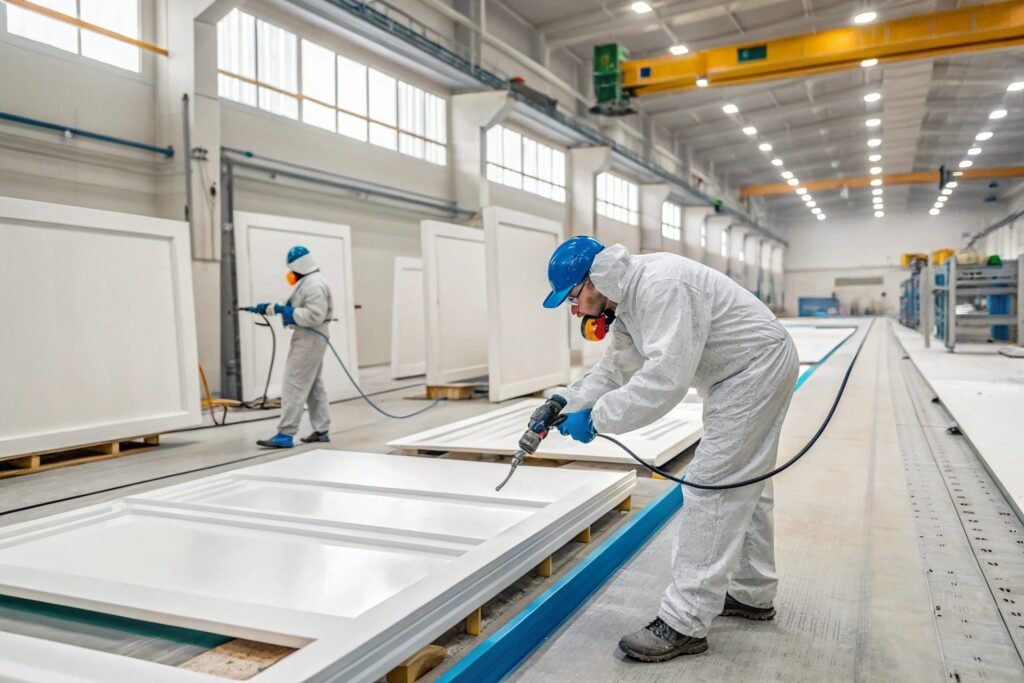
Always start with a moisture-resistant primer—shellac or acrylic-based primers work best. These block water from soaking in during paint application. Then apply 2–3 coats of oil-based or high-quality exterior latex paint. Oil-based enamel forms a tougher film and handles moisture better in the long term. Finally, top with polyurethane or spar varnish for additional sealing and abrasion resistance. Avoid using standard water-based paints on raw MDF, as they soak in and raise the surface.
Can you get waterproof MDF?
There’s no such thing as 100% waterproof MDF—but you can buy versions that resist water better than standard panels.
Moisture-resistant MDF (often called MR MDF or green MDF) is manufactured with stronger resins that help it resist humidity, but it still needs sealing for wet-area use.
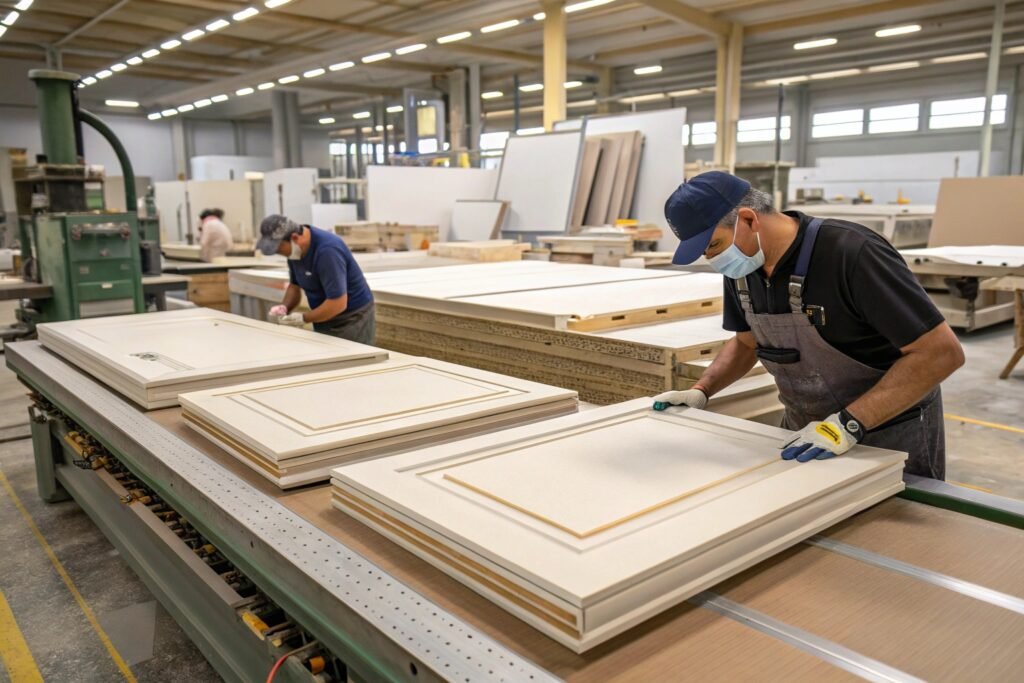
MR MDF boards are widely used in kitchen cabinets, vanity bases, and commercial interiors. These boards use resins like melamine urea formaldehyde that slow water absorption. However, even MR MDF can swell at edges or screw holes if left unsealed. It performs better than regular MDF in damp environments, but for high-moisture zones—like around sinks or windows—coating is still required. Don’t confuse it with marine-grade plywood or plastic laminates, which offer real water resistance from inside out.
How to prepare MDF for outdoor use?
MDF is an indoor material by design, but sometimes it ends up in outdoor projects—so how do we protect it?
To prepare MDF for outdoor use, seal all edges with waterproof filler or epoxy, prime all faces, paint with outdoor enamel, and finish with UV-resistant polyurethane.
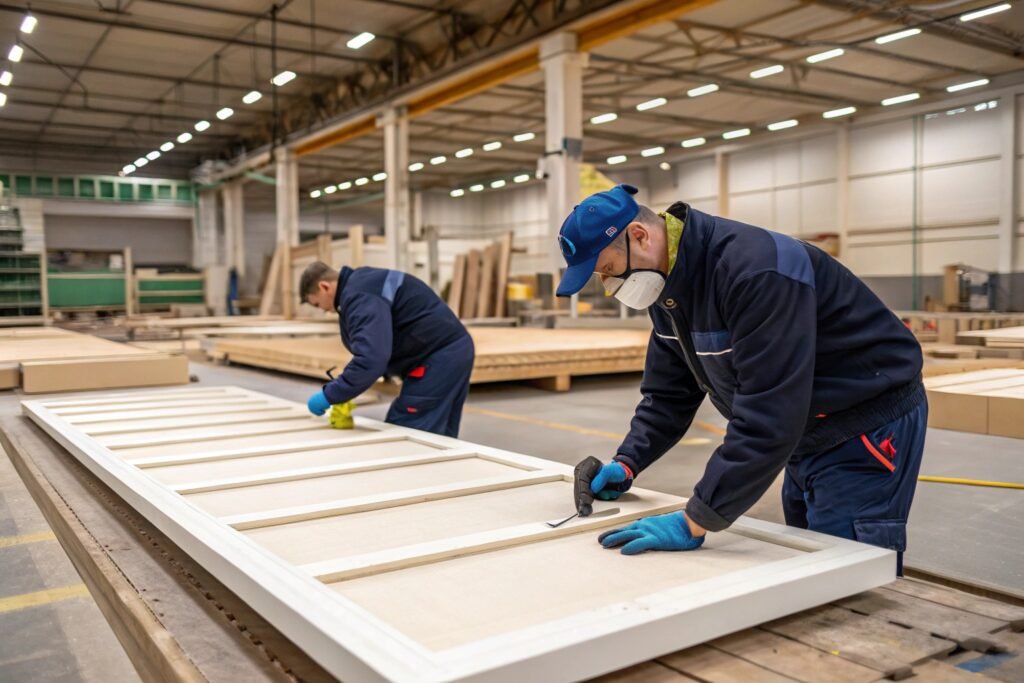
Begin by sanding and sealing every edge, joint, and screw hole using wood filler or a two-part epoxy. These areas absorb the most moisture. Then apply at least one coat of oil-based primer to all faces, including hidden parts. Follow with exterior paint or marine-grade enamel, and finish with a waterproof topcoat such as spar urethane. Even with this process, outdoor MDF should only be used in covered, low-rain areas like balconies or under eaves. Never place it where it touches the ground or stands water.
How to protect MDF from mold?
MDF can grow mold in high humidity, even if no liquid water is present.
To protect MDF from mold, use mold-resistant primer, keep humidity under 60%, and ensure good air flow in the room or cabinet where it’s used.
MDF contains organic fibers, which mold feeds on. When humidity rises above 60%, especially in closed cabinets or behind walls, the risk increases. Before painting or installing, coat the MDF with primer that includes fungicide or mold inhibitors. Choose finishes labeled “mildew-resistant.” After installation, use exhaust fans, vents, or dehumidifiers in kitchens and bathrooms. If mold appears, clean it with a mix of vinegar and water, then reseal the surface.
How to seal MDF edges properly?
Edges are MDF’s weakest link—they absorb water faster than any surface.
To seal MDF edges, use waterproof wood filler, edge banding, or multiple coats of oil-based primer to block moisture entry.
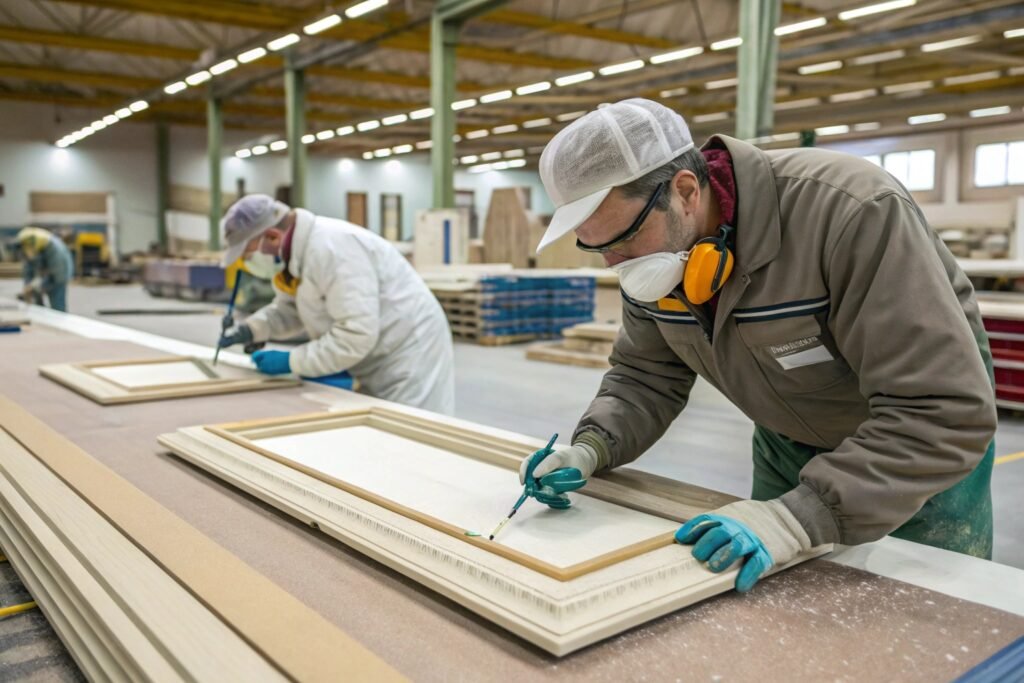
MDF edges are made of exposed fibers and glue—they drink up moisture. For high-exposure areas like under-sink cabinets or bathroom shelving, seal them with wood filler or edge sealer before any painting. Sand smooth, then apply primer with extra care along corners and edges. In commercial settings, PVC or ABS edge banding is often used for added protection and clean lines. For decorative trim or millwork, multiple layers of sanding sealer followed by topcoats provide a durable, invisible shield.
Which waterproof coating lasts the longest?
You want to waterproof once—not every year. So which coating holds up?
Epoxy resin and spar urethane provide the longest-lasting waterproofing for MDF, especially in wet zones or high-traffic areas.
Epoxy creates a plastic-like shell that is fully sealed and resistant to both water and abrasion. Apply it in thin layers and let it cure between coats. Spar urethane, often used on boats, expands and contracts with the material and resists UV damage. It’s ideal for exposed surfaces like window trims or outdoor signage. These finishes last several years with minimal maintenance. Compared to standard paint or wax finishes, they provide professional-grade durability—but take more time and skill to apply.
Conclusion
Waterproofing MDF takes planning, sealing, and the right materials. From edge fillers to polyurethane finishes, the right steps can turn standard MDF into a moisture-resistant board ready for kitchens, bathrooms, and beyond.
